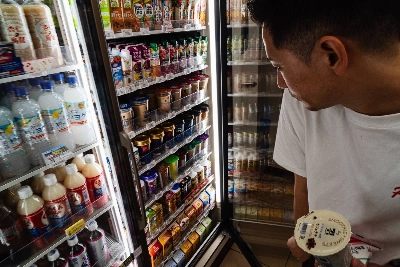While the COVID-19 pandemic is firmly in the past for many Americans, U.S. households continue to bear the costs of infectious-disease outbreaks. A few months ago, the price of eggs in the United States soared to a record high, largely owing to the spread of H5N1 bird flu. Since March 2024, the virus has ravaged U.S. chicken farms, leading to tens of millions of poultry deaths from infection or culling.
More ominously, at least 70 human cases of bird flu have been identified in the U.S., with one death reported in Louisiana. In a recent report about enhancing the response to H5N1 in America and globally, the Global Virus Network, a consortium of the world’s top virologists, warned of “the terrible consequences of underreacting to current threats.”
But while bird flu poses the most immediate risk to Americans, it is by no means the only one. Virulent infectious-disease outbreaks in other countries, such as mpox in the Democratic Republic of the Congo, Ebola in Uganda, Marburg in Tanzania and multicountry outbreaks of cholera do not respect borders and thus are a threat to people everywhere — including in the U.S.


















With your current subscription plan you can comment on stories. However, before writing your first comment, please create a display name in the Profile section of your subscriber account page.